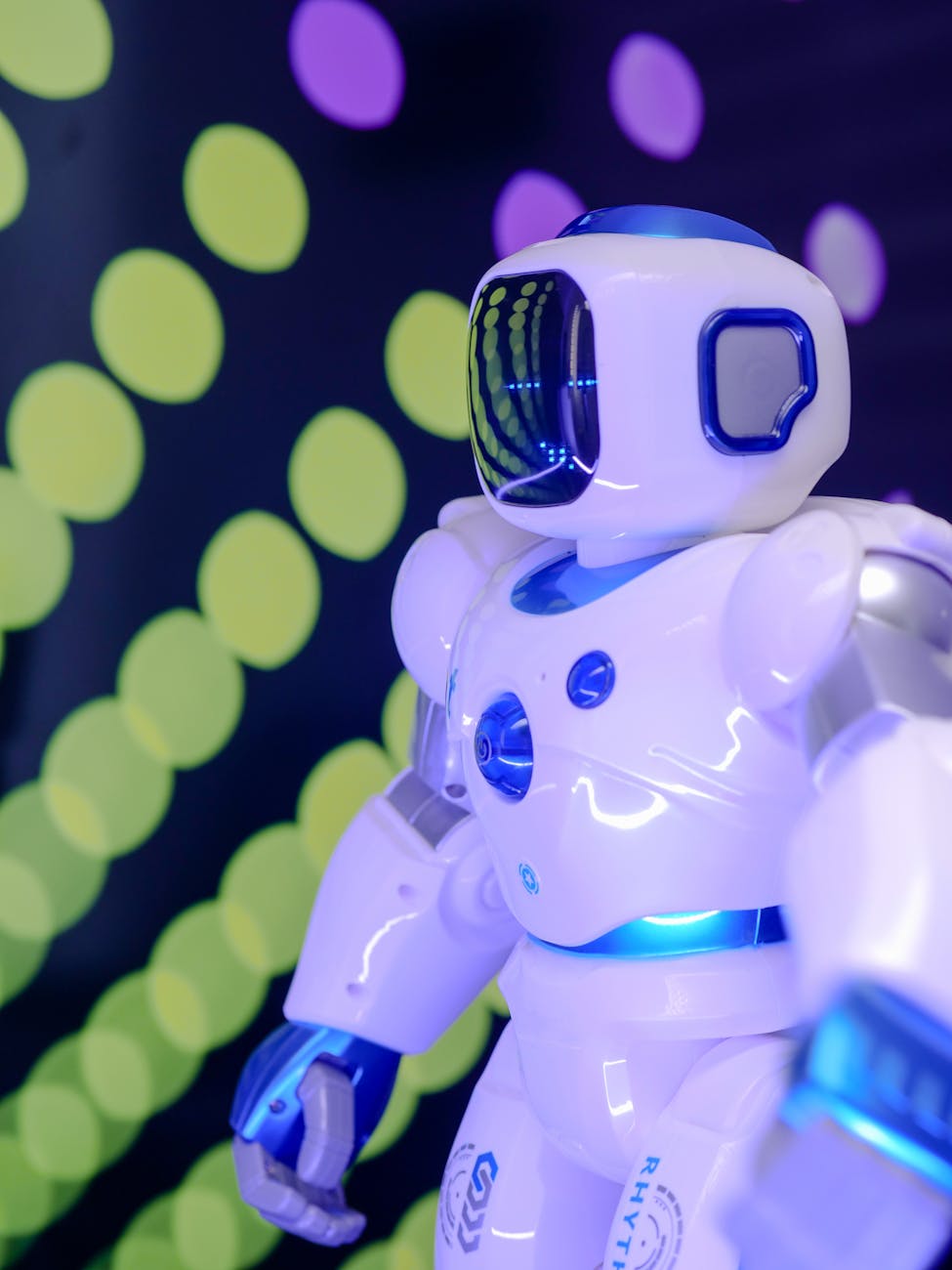What Is the Relationship Between AI Agents, GPT Models, and Reasoning Models? Evolving Intelligent Automation and Its Practical Use
As the use of generative AI advances, the term “AI agent” is becoming increasingly common. Unlike simple chatbots or text generators, AI agents are positioned as intelligent autonomous systems capable of more advanced decision-making and task execution. At the core of these agents are two key components: the “GPT model” and the “Reasoning model.” This article explains their respective roles, how they interact, and how they are used in real-world scenarios.
Who This Article Is For
This article will be especially helpful for:
- Project leaders considering AI-driven business automation
- Engineers designing AI chatbots or task automation systems
- Business professionals wanting to clearly understand AI agent architecture
- Experts in fields such as education, healthcare, and law, where precision matters
- Public institutions implementing inclusive AI with accessibility in mind
It provides the foundational knowledge needed to use this technology effectively for solving real organizational challenges.
What Is an AI Agent? An Autonomous System for Intelligent Tasks
An AI agent is an autonomous AI system that understands user objectives and continuously performs “observation, reasoning, and action” to achieve them. Unlike standalone language models, it can access external tools and data to handle complex workflows.
Key components:
- Natural Language Understanding (NLU): Interprets instructions and questions
- Reasoning and Decision-Making: Plans and branches based on goals
- Action Execution: Interacts with external systems and APIs
- Dialogue Management: Maintains communication with users and adapts based on feedback
GPT and Reasoning models are integrated to realize these capabilities.
The Role of the GPT Model: Flexible Language and Conversational Abilities
Within AI agents, GPT models serve the following functions:
- Interpret user natural language (NLU)
- Generate natural responses (NLG)
- Maintain context and conversation flow
GPT, trained on vast language data, produces friendly, natural responses. For example, if a user asks, “What’s my next meeting?” GPT can return a clear and helpful answer.
However, GPT alone struggles with complex logic and branching decisions. That’s where Reasoning models come in.
The Role of the Reasoning Model: Logic and Problem-Solving at the Core
Reasoning models handle logic, causality, calculations, and conditional branching. In AI agents, they play key roles such as:
- Providing justification for decisions (e.g., why a choice is optimal)
- Planning tasks (e.g., prioritizing actions)
- Interpreting conditionals (e.g., what to do if a condition is met)
For instance, if the rule is, “If a customer cancels a contract, stop billing next month,” the Reasoning model interprets and executes this accurately.
Diagram: How GPT, Reasoning Models, and AI Agents Work Together
Below is a conceptual diagram of how these models interact within an AI agent:
User → (Natural Language Input) → GPT Model (Understanding & Response Generation)
↓ ↓
AI Agent (Coordinator & Controller)
↑ ↑
External Tools / APIs ← Reasoning Model (Decision-Making & Logic)
The AI agent acts like a conductor, coordinating the “speaker” (GPT) who communicates with users, and the “thinker” (Reasoning model) who processes logic and calculations—together enabling complex goal achievement.
Use Cases: Practical Scenarios for AI Agents
1. Automating Customer Support
- GPT: Generates natural responses to customer inquiries
- Reasoning: Selects appropriate actions based on return policies or customer status
- AI Agent: Manages conversation flow, retrieves FAQs, and escalates to human support when needed
2. Project Management Assistance
- GPT: Writes progress updates and confirms schedules
- Reasoning: Prioritizes tasks and analyzes dependencies
- AI Agent: Automatically adjusts timelines and assigns tasks
3. Educational Support Tools
- GPT: Provides simple explanations for student questions
- Reasoning: Breaks down problem-solving steps and calculations
- AI Agent: Suggests the next lesson based on learning history
Conclusion: The Power of Coordination in the AI Agent Era
AI agents enable more human-like intelligent task execution by integrating the different strengths of GPT and Reasoning models. Understanding and harmonizing their roles is key to building reliable and practical AI systems.
Key Takeaways:
- GPT models handle natural dialogue and expressiveness
- Reasoning models drive decision-making and logical processing
- AI agents orchestrate both to achieve complex goals
- Designing with accessibility and user diversity in mind is critical for real-world use
The future of AI lies not just in tools, but in agents that think and act alongside us. By blending technical precision with human understanding, we can shape trustworthy and inclusive AI systems that truly support our needs.
